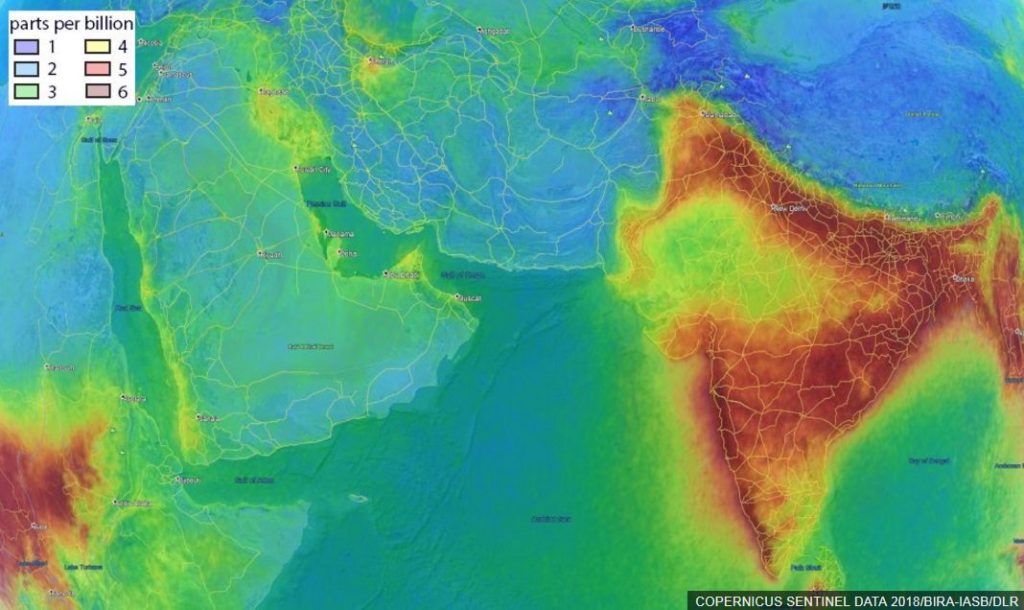#Featured
#Ideas
#Insights
#People
All you need to know about the Copernicus Accelerator Program in 3 minutes (video)
There has never been a more exciting and geoawesome time to be a geo-startup! If you are working on an innovative concept or developing a product using the Copernicus Earth Observation Program data and information, then the Copernicus accelerator program is for you! Here’s all you need to know about the program and how you can apply (in 3 minutes)!
Need more information or prefer reading about them, then check out this link.


#Featured
#Contributing Writers
#Environment
#Featured
#Science
Harnessing UAV Technology to Support Municipal Solid Waste Management






